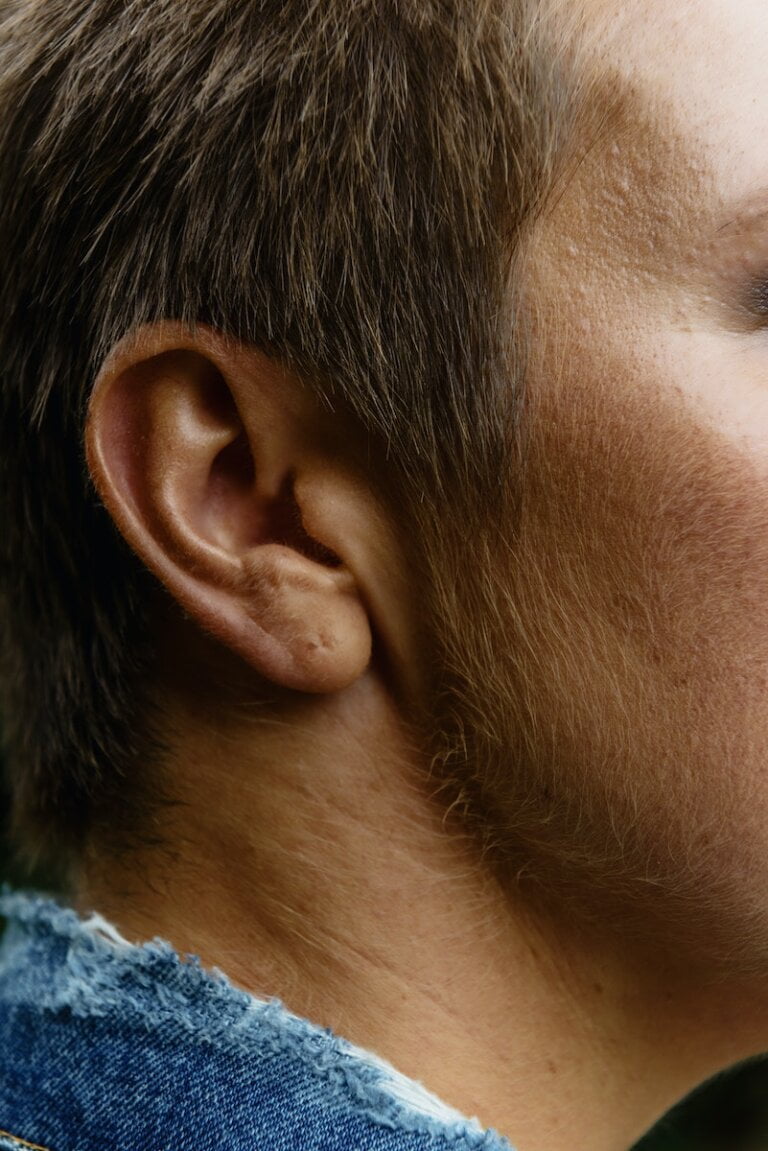A Smooth Process: Preparing Yourself for Microsuction Ear Wax Removal
Earwax, medically known as cerumen, is a natural substance produced by the glands in our ear canal. It plays a crucial role in protecting our ears from dust, dirt, and foreign particles. However, when earwax accumulates and hardens, it can cause discomfort, hearing loss, and even lead to ear infections. Microsuction ear wax removal is a safe and effective procedure for getting rid of excessive earwax. Before undergoing this procedure, there are several important steps that you should follow to ensure a successful and comfortable experience.
Understand the Procedure
Before undergoing microsuction ear wax removal, it is essential to have a clear understanding of the procedure. Microsuction is a technique that involves using a microscope and a gentle suction device to remove excessive earwax from the ear canal. This method is considered the gold standard for earwax removal due to its safety, precision, and minimal risk of complications. Unlike other methods, such as ear syringing or ear candling, microsuction does not involve the use of water, reducing the risk of infection or damage to the ear.
During the procedure, a trained healthcare professional will carefully examine your ears using a microscope to visualize the ear canal and identify any blockages or abnormalities. They will then use a specialized suction device to gently remove the excess earwax. The procedure is quick, usually lasting only a few minutes, and is generally painless. In some cases, you may experience a slight discomfort or a sensation of pressure, but it should not be painful.
Consultation with a Healthcare Professional
To ensure the safety and effectiveness of the microsuction ear wax removal procedure, it is crucial to consult with a qualified healthcare professional. They have the expertise and experience to assess your individual situation and determine whether you are a suitable candidate for the procedure. During the consultation, it is important to provide the healthcare professional with your complete medical history, including any previous ear surgeries or conditions, allergies, or ongoing medications.
The healthcare professional will examine your ears using an otoscope, a handheld instrument with a light and a magnifying lens. This allows them to evaluate the condition of your ear canal and eardrum. They will also ask you questions about your symptoms, such as hearing loss, ear pain, or a feeling of fullness in the ears. Based on the examination and your medical history, the healthcare professional will determine if microsuction ear wax removal is the right course of action for you.
Pre-Procedure Instructions
To prepare for the microsuction ear wax removal procedure, your healthcare professional may provide you with specific instructions. Following these instructions is important as it ensures a successful and comfortable experience. Here are some common pre-procedure steps that may be recommended:
1. Do Not Insert Anything into Your Ears
In the days leading up to your scheduled microsuction appointment, it is essential to avoid inserting any objects into your ears. This includes cotton swabs, hairpins, or any other foreign objects. These items can push the earwax deeper into the ear canal, making the removal procedure more challenging. It is best to let the healthcare professional handle the removal process to avoid any potential damage to your ears.
2. Use Ear Drops
Your healthcare professional may recommend using ear drops in the days leading up to the procedure. These drops are usually made of a mild solution that softens the earwax, making it easier to remove. The ear drops work by breaking down the hardened earwax, allowing it to be suctioned out more effectively. It is important to follow the instructions provided by your healthcare professional regarding the frequency and duration of using the ear drops. Using the drops as directed will help ensure that the procedure is as smooth and successful as possible.
3. Clean Your Ears
On the day of the microsuction procedure, it is important to clean your ears gently. Use a damp cloth or a tissue to wipe the outer part of your ears, removing any visible wax or debris. This will help ensure that the healthcare professional has a clear view of your ear canal during the procedure. However, avoid using cotton swabs or other objects to clean the inner part of your ears, as they may push the wax deeper into the canal. It is best to leave the inner cleaning to the professional during the procedure.
4. Inform the Healthcare Professional
Before the microsuction procedure begins, it is crucial to inform your healthcare professional about any changes in your medical condition or medication. This includes recent ear infections, perforated eardrums, or any medication changes that may affect the procedure. Providing accurate and up-to-date information about your health will help the healthcare professional make informed decisions and tailor the procedure to your specific needs. It is always better to be transparent about your health to ensure your safety and the best possible outcome.
5. Comfortable Clothing
Wearing comfortable clothing on the day of the procedure is recommended. This will ensure that you are at ease during the appointment and allow the healthcare professional to access your ears easily. Opt for loose-fitting clothing that does not interfere with the procedure or cause discomfort. Comfortable clothing will help you relax and make the entire process smoother and more comfortable.
6. Arrive Prepared
Arriving prepared for your microsuction appointment will make the entire process smoother. Make sure to bring any relevant medical records, including previous ear surgeries or conditions, to discuss with your healthcare professional. This information will assist the healthcare professional in understanding your ear health history and providing appropriate care. Additionally, it may be helpful to have a list of questions or concerns regarding the procedure. This will allow you to address any doubts or uncertainties you may have before the procedure begins, ensuring that you feel fully informed and confident about the process.
Conclusion
Microsuction ear wax removal is a safe and effective procedure to eliminate excessive earwax that can cause discomfort and hearing issues. By following the pre-procedure steps mentioned above, you can ensure a successful and comfortable experience. Remember to consult with a qualified healthcare professional, understand the procedure, and adhere to any specific instructions provided. Taking these precautions will help you achieve optimal results and maintain the health of your ears. If you have any concerns or questions, do not hesitate to discuss them with your healthcare professional. They are there to ensure your comfort and well-being throughout the entire process. By taking the necessary steps and seeking professional guidance, you can enjoy the benefits of microsuction ear wax removal and improve your overall ear health.
FAQ
- What is microsuction ear wax removal?
- Microsuction ear wax removal is a procedure that uses a microscope and a gentle suction device to remove excessive earwax from the ear canal. It is considered safe, precise, and minimizes the risk of complications.
- How should I prepare for microsuction ear wax removal?
- To prepare for the procedure, it is important to avoid inserting any objects into your ears, use ear drops as recommended by your healthcare professional, gently clean the outer part of your ears, and inform the healthcare professional about any changes in your medical condition or medication.
- What should I wear on the day of the procedure?
- It is recommended to wear comfortable clothing that allows easy access to your ears and does not cause discomfort during the procedure.
- Why is it important to consult with a healthcare professional before undergoing microsuction ear wax removal?
- Consulting with a healthcare professional is crucial to assess your individual situation, determine if you are a suitable candidate for the procedure, and ensure its safety and effectiveness. They will evaluate your ear health, medical history, and symptoms to make informed decisions tailored to your specific needs.







